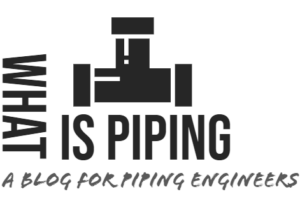What is Hot Bolting? Its Procedure, Hazards, Best Practices, and Advantages
Hot bolting is defined as the process of removing and replacing or re-tightening bolts in the flange connection assembly when a pipe or equipment is in operation and full of liquid or gas. So, from...
